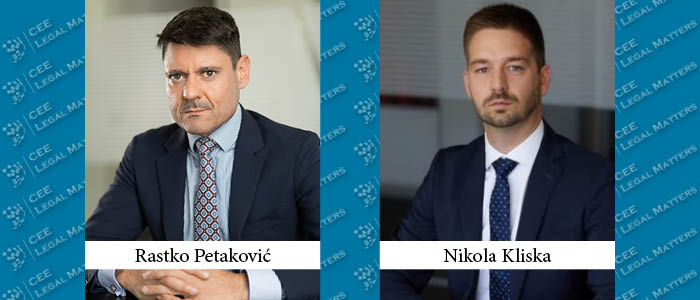In the ever-evolving world of technology, the boundaries of law are constantly being tested. With the most recent developments in generative AI (artificial intelligence – language and diffusion models), the boundaries of IP law are being tested to their absolute limits. A recent ruling by the United States District Court has brought to light a significant issue that could have implications everywhere in the world, across the spectrum of creative and knowledge industries.
The US Ruling on AI-Generated Art
A landmark decision by United States District Court Judge Beryl A. Howell (Stephen Thaler v. the United States Copyright Office, Case No. 22-1564 (BAH)) stated that art entirely generated by artificial intelligence cannot be copyright protected. This ruling has sent ripples across the tech industry, particularly affecting AI startups like Midjourney and Runway. The decision specifically targets works that are solely generated by AI, leaving some ambiguity for artworks created collaboratively by humans and AI models.
The main criterion in the judgment is the assertion that copyright law sits on the “bedrock” of human creativity. But these models are human-made: they are pre-trained by humans, they use media and texts previously created by humans, and they require human input for the generation of materials. So, the lines still seem too blurry for any meaningful legal predictability.
TV and Movie Production
Following recent strikes by screenwriters and actors in the US, concerns have been raised about the possibility of AI taking their jobs. While this is a reasonable initial risk, this judgment seems to block copyright protection in terms of fully AI-generated TV shows and other works. This limits the business models relying on such creations. Yet, other countries have not provided a clear response to this issue, apart from Ukraine. This country has established a “neighbouring” right for works created independently by AI and offers 25 years of protection to creators.
How will we classify the TV shows created collaboratively by humans and AI models? The usual lawyers respond: “This remains to be seen”.
Potential Impact on Copyright Laws in South-East Europe
For creatives in South-East Europe (i.e., Albania, Bosnia and Herzegovina, Croatia, Montenegro, North Macedonia, Serbia and Slovenia), this ruling could either serve as guidelines or as an opportunity for outposts of global studios in this region to benefit from local copyright laws, which may appear more predictable at the moment. Either way, many ways in which the US legal system is distinct from that of continental Europe, will make international copyright treaties more relevant, especially given the global reach of the tech industry.
In the South-East European context, where many startups are integrating AI into their operations, understanding the nuances of copyright law becomes crucial. If AI-generated art cannot be copyright protected, it raises questions about the ownership, commercial rights, and potential infringements related to such works.
Have you considered the possibility of someone copying an image or video created by your AI model, and whether you have the legal right to prevent it? It’s worth considering.
What This Means for Creatives in the Region
Food for thought:
- Re-evaluation of Intellectual Property (IP) Assets: Companies that rely heavily on AI-generated content might need to reassess the value of their IP assets. Without copyright protection, the commercial value of AI-generated art could diminish.
- Collaborative Artworks: The ruling leaves room for interpretation when it comes to artworks created by both humans and AI. Creatives in this region might explore this avenue more, blending human creativity with AI capabilities.
- Legal Preparedness: It’s essential for all companies, especially startups in the region, to stay updated with global legal trends related to AI and copyright. Engaging with legal experts who understand the intricacies of both tech and IP law will be crucial.
The intersection of AI and copyright law is a complex one, and the recent US court ruling has added another layer of complexity. For many startups and corporations in South-East Europe, staying informed and prepared is the key. As AI continues to shape various industries, understanding its legal implications will be paramount.
The information in this document does not constitute legal advice on any particular matter and is provided for general informational purposes only.
By Rastko Petakovic, Senior Partner and Nikola Kliska, Senior Associate, Karanovic & Partners





















